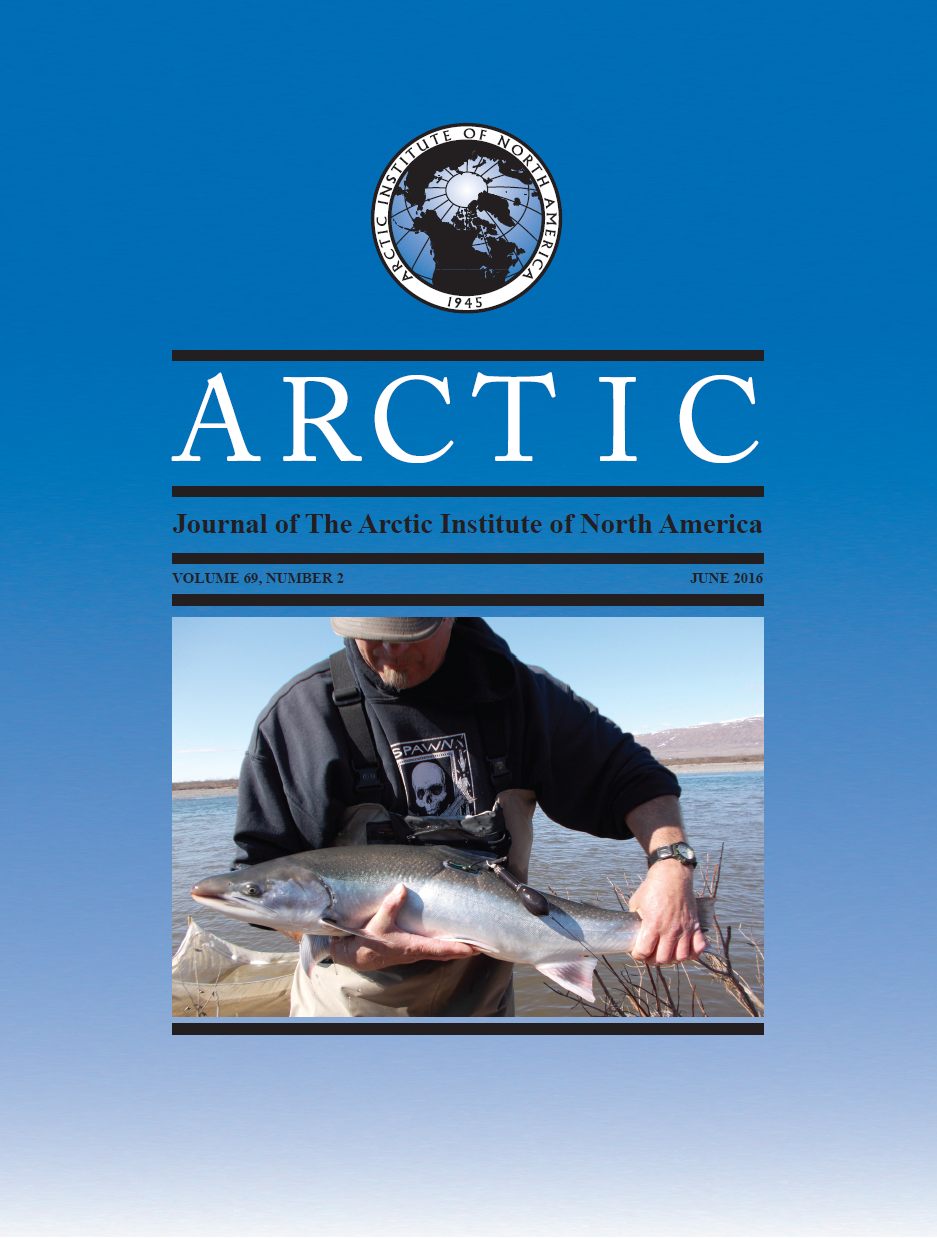Infrastructure Development Accelerates Range Expansion of Trembling Aspen (Populus tremuloides, Salicaceae) into the Arctic
DOI:
https://doi.org/10.14430/arctic4560Keywords:
trembling aspen, Populus tremuloides, Arctic treeline, range expansion, infrastructure development, human activity, climate change, Brooks Range, AlaskaAbstract
Interacting forces of climate change and increased human activity in the Arctic are driving rapid changes in ecosystem structure, function, and biodiversity. One such change is the northern range expansion of tree species. We present the first account of the boreal tree species trembling aspen (Populus tremuloides, Salicaceae) growing beyond the latitudinal treeline in the northern foothills of the Brooks Range, Alaska. The four trembling aspen stands described in this paper are located on abandoned gravel roads or pads created for construction purposes. We hypothesize that gravel pads create islands of substrate suitable for tree growth within the Arctic by providing greater rooting depth, well-drained microsites, an extended growing season, and acid-buffering capacity. Further, traffic along the south-to-north oriented Dalton Highway from the boreal forest in Interior Alaska to the Arctic may aid seed dispersal across the topographic barrier of the Brooks Range. Therefore, increased development in the Arctic will likely accelerate the establishment of trees as climate becomes more favorable for tree growth. Tree colonization associated with infrastructure development would contrast sharply with prior conceptual models of gradual treeline advance following disturbance.


